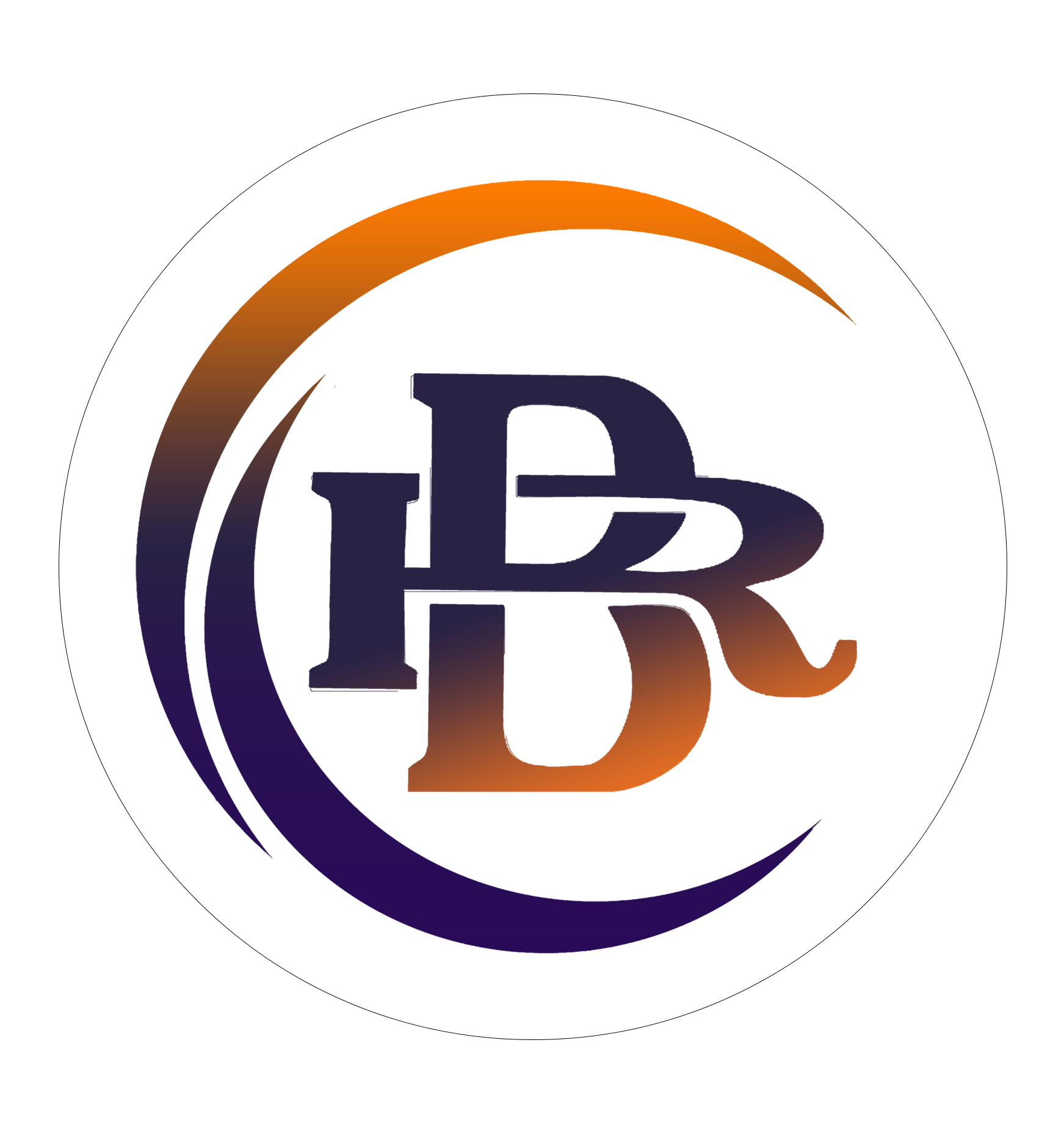
Benefits of HRM Software for an Organisation
Long-held assumptions regarding human resources are being challenged. The workforce, as well as technology like HRM software, is increasingly being acknowledged for its critical role in generating strategic value for the company.
According to the report, “elevating the perception of HR and investing in specific approaches to HR technology strategy, integration, and change management correlates to 15% year-over-year increases in overall outcomes.”
The value propositions of human resources applications are changing, much like the department itself. Administrative tools that make data collecting easier and enable employee self-service are becoming standard, and leading companies are using HRM software to optimise and engage their employees more fully.
HRM software is critical to an organisation’s ability to manage employee efficiency and culture while also regulating the usage of sensitive labour data.
Among the advantages are:
Productivity and efficiency
According to a study, about 80% of businesses use HRM software to help them gather information and improve process efficiency.
There’s no denying that firms who use sophisticated HRMS systems see large increases in talent retention while also freeing up HR professionals to work on higher-value projects and reducing audit findings.
Employee morale and experience
According to a widely renowned poll, employee engagement declined the most among those in managerial or leadership positions, and was also more pronounced for those working onsite vs. at home, among other trends.
HRM software includes tools that can help improve the employee experience. Regularly assessing sentiment with pulse surveys, linking people with apps that allow for peer recognition, and using gamification to offer discounts on perks are just a few examples.
Employee retention and development
Talent management solutions are the most expensive HRM software for the firms polled, with the top capabilities being recruiting, onboarding, and performance management. That’s not unexpected, given how much time and money companies spend recruiting new employees.
According to the Society for Human Resources Management (SHRM), new recruits cost an average of $4,219 and it takes 42 days to fill a vacant position.
Getting good individuals on board is vital, but keeping them is even more important—the above-mentioned experience and morale functionality play a role in retention.
Cost-effective
Given that salaries, payroll taxes, and benefits are typically among the highest line items, managing payroll and benefits expenditures is a primary issue for all firms.
HR management solutions provide human resources departments with a variety of cost-cutting options without sacrificing employee satisfaction.
Take, for example, the ever-increasing expense of health insurance. A corporation can have more negotiating power with carriers if it keeps better track of data related to benefits.
Furthermore, gamification functionality stimulates and facilitates employees’ development of healthy lifestyle habits to gain access to prizes and premium discounts, all of which benefit the business.
Reduced errors
Because human data entry causes the most payroll problems, automating payroll is a high-value area for small firms. Aside from the time it takes to fix errors, tax withholding errors expose the company to IRS fines.
Final Thoughts
Beyond Human Resource believes HRM software benefits an organisation by facilitating employee administration, improving compliance and reporting, and analysing employee data in a way that fits the needs of the employer.
It also considers trends in employee engagement, such as increased collaboration and the use of more social platforms to enable employees to acknowledge the accomplishments of their peers.






